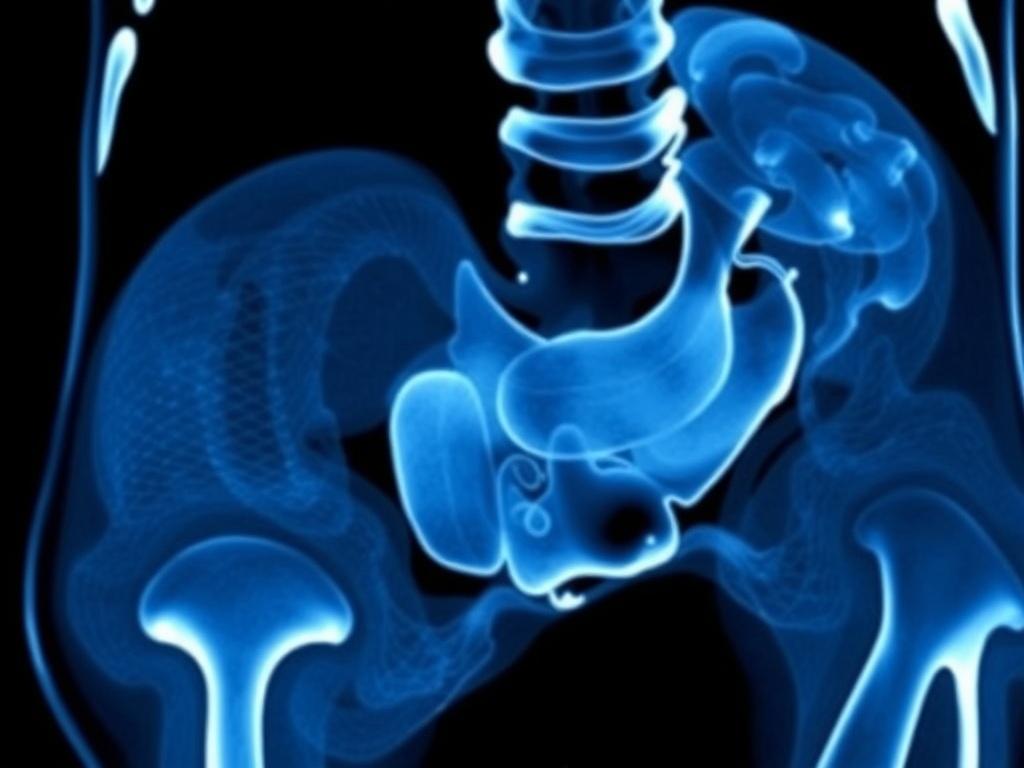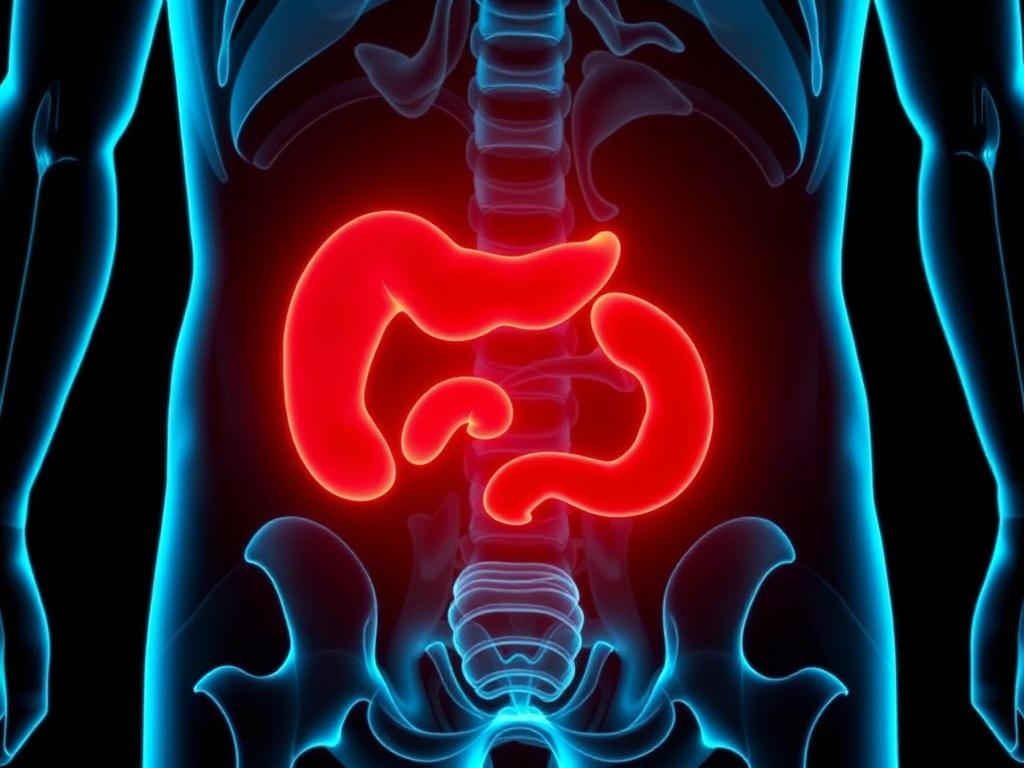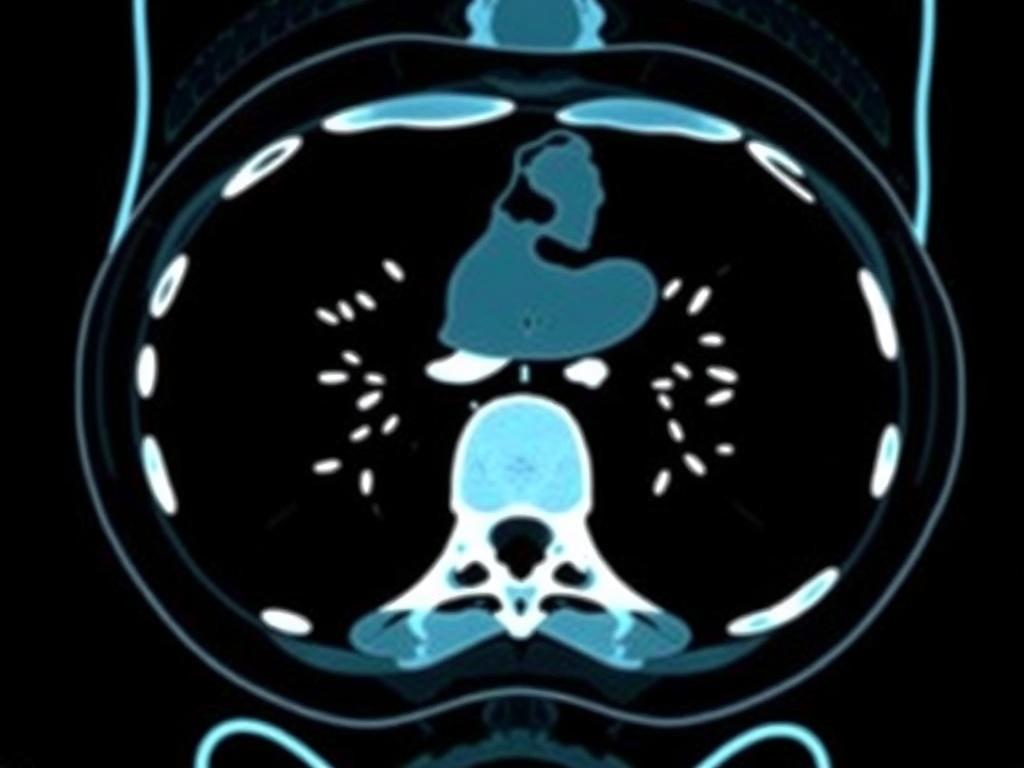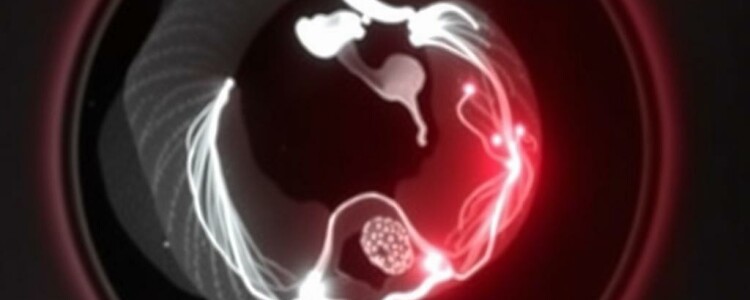Appendicitis is one of the most common causes of acute abdominal pain that prompts emergency medical visits worldwide. When the appendix becomes inflamed, it can cause severe discomfort and lead to serious complications if not diagnosed and treated promptly. In recent decades, CT scans for appendicitis have revolutionized how doctors diagnose this condition, offering detailed images that help pinpoint the problem quickly and accurately. This article will explore the importance of CT scans in diagnosing appendicitis, how the procedure works, its benefits and limitations, and what patients can expect before, during, and after the scan. Whether you’re a patient trying to understand your doctor’s recommendation or a curious reader interested in medical imaging, this comprehensive guide will provide valuable insights.
What Is Appendicitis and Why Is Accurate Diagnosis Important?
Appendicitis arises when the appendix — a small, tube-shaped pouch attached to the large intestine — becomes inflamed, swollen, and filled with pus. This inflammation typically results from a blockage, such as a buildup of stool or an infection. If untreated, the appendix can rupture, spilling infectious material into the abdominal cavity and causing a life-threatening condition called peritonitis.
One of the biggest challenges in managing appendicitis is its diagnosis. The symptoms—such as abdominal pain, nausea, vomiting, and fever—often mimic other conditions like gastrointestinal infections, urinary tract infections, or even gynecological problems in women. This overlap means a simple physical exam and lab tests might not be enough for a clear diagnosis.
That’s where CT scans for appendicitis come in. A CT (computed tomography) scan offers detailed cross-sectional images of the abdomen, helping doctors assess the appendix and surrounding tissues with great accuracy. According to numerous studies, CT scanning has significantly reduced the rate of unnecessary surgeries and improved patient outcomes by ensuring only those with confirmed appendicitis undergo an appendectomy.
How Does a CT Scan for Appendicitis Work?
CT scans use a series of X-ray images taken from different angles around the body and combine them using computer processing to create detailed, multiplanar images of internal structures. When it comes to appendicitis, the CT scan aims to provide clear images of the appendix and adjacent organs.
Before a CT scan for appendicitis, a patient might be given an oral or intravenous contrast dye, which enhances the visibility of tissues and blood vessels in the images. Contrast helps highlight inflammation or blockages by making the appendix appear more distinctly.
During the procedure, the patient lies on a motorized table that moves slowly through a large, doughnut-shaped machine called a CT scanner. The scan itself usually takes only a few minutes, though preparation and positioning might add some extra time.
Radiologists then analyze the images for signs of appendiceal enlargement, wall thickening, peri-appendiceal fluid, or other complications like abscesses or perforations. These findings help confirm or rule out appendicitis and guide clinical decision-making.
Benefits of Using CT Scans for Appendicitis Diagnosis

CT scans have become a cornerstone in diagnosing appendicitis due to several advantages:
- High Diagnostic Accuracy: CT scans offer sensitivity and specificity rates of up to 95%, meaning they are excellent at correctly diagnosing appendicitis and excluding other conditions.
- Reduced Negative Appendectomy Rates: Before widespread use of CT, many patients underwent unnecessary surgeries due to uncertain diagnosis. CT scans help avoid these needless procedures.
- Detection of Complications: CT can reveal abscesses, perforations, or other complications that can influence treatment choices, such as the need for surgery versus antibiotics.
- Evaluation of Alternative Diagnoses: When appendicitis is ruled out, CT can detect other causes of abdominal pain, such as kidney stones, diverticulitis, or gynecological issues.
Table: Comparing Diagnostic Methods for Appendicitis
| Diagnostic Tool | Advantages | Limitations |
|---|---|---|
| Physical Examination | Quick, no cost | Low accuracy, symptoms overlap |
| Ultrasound | No radiation, portable | Operator-dependent, less accurate in obese patients |
| CT Scan | High accuracy, detailed imaging | Radiation exposure, needs contrast in some cases |
| MRI | No radiation, good for pregnant patients | Expensive, less available, longer scan time |
Are There Risks Associated with CT Scans for Appendicitis?

While CT scans provide excellent imaging, they do come with some considerations:
- Radiation Exposure: CT scans use ionizing radiation, which in rare cases can increase the risk of cancer. However, modern scanners use optimized protocols to minimize exposure, and the benefits for accurate diagnosis often outweigh the risks.
- Contrast Allergic Reactions: Contrast dyes are generally safe but can occasionally cause allergic reactions or kidney issues in susceptible individuals.
- Cost and Availability: CT scans may be expensive and not immediately available in some rural or resource-limited settings, causing delays in diagnosis.
Doctors typically weigh these risks against the benefits when recommending a CT scan for suspected appendicitis. For some patients—especially children and pregnant women—alternative imaging such as ultrasound or MRI may be preferred.
How Does a Patient Prepare for a CT Scan for Appendicitis?
Preparation is usually straightforward, but some steps help ensure the best possible images:
- Fasting: Patients may be asked to avoid eating or drinking for a few hours before the scan, particularly if intravenous contrast will be administered.
- Medical History: Inform the healthcare provider about allergies, kidney problems, pregnancy, or recent illnesses.
- Remove Metal Objects: Jewelry and metal objects can interfere with imaging and should be removed before the scan.
- Contrast Considerations: If contrast is used, a healthcare professional will brief the patient on what to expect and monitor for any reactions.
What Happens During and After the CT Scan?
On the day of the procedure, the patient will arrive at the imaging center and be greeted by the radiology team. After explaining the process and answering any questions, the patient will change into a gown if necessary and lie down on the CT table. The technologist will position the patient carefully and might administer contrast dye through an injection.
During the scan, it’s important to remain still to ensure clear images. The machine will make whirring noises, but the procedure is painless.
Once complete, patients can usually resume normal activities immediately unless they received sedatives or had contrast that requires observation.
The CT images will be reviewed by a radiologist, who sends a report to the referring physician, often within hours. Based on the results, the medical team will decide the next steps, which may include surgery, antibiotics, or further observation.
Frequently Asked Questions About CT Scans for Appendicitis
Q1: How long does a CT scan for appendicitis take?
Most CT scans last about 5 to 10 minutes, though total time in the imaging center may be longer due to preparation and positioning.
Q2: Can CT scans miss appendicitis?
While very accurate, no test is perfect. In rare cases, early or mild appendicitis might be missed, requiring repeat imaging or clinical monitoring.
Q3: Is a CT scan necessary for everyone with suspected appendicitis?
Not always. Some cases with classic symptoms and exam findings may go directly to surgery or be evaluated with ultrasound first, especially in children and pregnant women.
Q4: What if the CT scan shows complications?
Additional treatment such as antibiotics or drainage of abscesses might be recommended, often in collaboration with surgical teams.
The Future of Imaging in Appendicitis Diagnosis
Medical imaging technology continues to evolve, promising even safer and more precise methods to diagnose appendicitis. Reductions in radiation dose, advances in MRI protocols, and artificial intelligence-assisted image interpretation are on the horizon. These developments could further reduce unnecessary surgeries and improve outcomes.
In some institutions, rapid CT protocols tailored specifically for appendicitis enable faster diagnosis and treatment decisions. Combined with clinical scoring systems and laboratory tests, CT scans will remain a key part of the diagnostic pathway.
Summary of Key Points

- Appendicitis is a common emergency requiring prompt diagnosis and treatment.
- CT scans for appendicitis provide detailed, accurate images that help confirm the presence or absence of inflammation.
- The procedure uses X-rays to create cross-sectional abdominal images, often enhanced with contrast dyes.
- CT reduces unnecessary surgeries by improving diagnostic accuracy compared to exam or ultrasound alone.
- While safe, CT involves radiation exposure and contrast risks that must be considered.
- Preparation involves fasting and disclosing medical history to ensure safety.
- Radiologists analyze images for signs of appendicitis and complications to guide treatment.
- Alternative imaging exists but CT remains the standard in many clinical settings.
Conclusion
CT scans for appendicitis represent a significant advancement in emergency medicine, offering a reliable, non-invasive tool that swiftly guides diagnosis and treatment. For patients experiencing abdominal pain, this imaging technique can mean the difference between timely surgery and unnecessary procedures. It balances precision with speed, enabling clinicians to make informed decisions that improve safety and recovery. Although concerns like radiation exposure exist, modern scanning techniques and careful patient selection help mitigate these risks. As technology progresses, CT imaging will continue to play a crucial role in diagnosing appendicitis, evolving with new innovations that promise even better outcomes. Understanding how CT scans work, what to expect during the scan, and their importance in appendicitis care empowers patients and healthcare providers alike, transforming a potentially critical situation into a manageable one.



